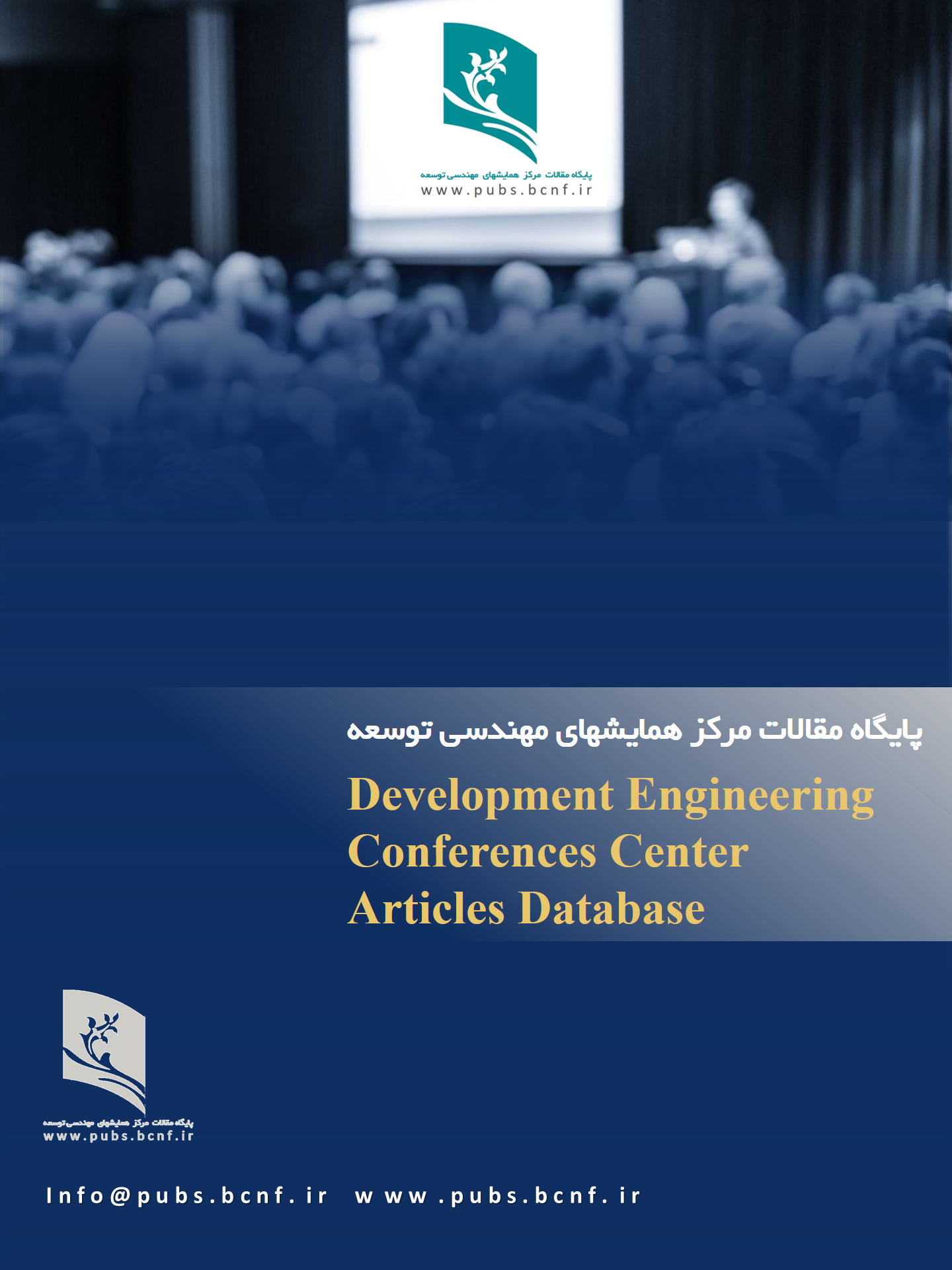سنتز مونومر 2-هیدروکسی اتیل متااکریلات (HEMA)
Keywords:
اتیلن گلیکول, استری شدن, هیدروکسی اتیل متااکریلات, آغازگر رادیکالیAbstract
در این پژوهش به بررسی سنتز 2-هیدروکسی اتیل متااکریلات که یک مونومر با کاربرد های زیادی مانند استفاده در صنعت چسب، رنگ و پزشکی است، که به روش استری شدن متیل متااکریلات با اتیلن گلیکول تحت شرایط اسیدی در دمای حدود 120 درجه سلسیوس سنتز می شود، پرداخته خواهد شد. روش متداول سنتز این ماده واکنش استری شدن متااکریلیک اسید با اتیلن گلیکول و اتیلن اکساید است. این ماده طی یک مرحله با واکنش استری شدن سنتز شده و یک محصول جانبی به نام اتیلن گلیکول دی متیل اکریلات تشکیل می دهد، که به راحتی قابل جداسازی از محصول با توجه به حلالیت آن در حلال هگزان و عدم حلالیت هیدروکسی اتیل متاکریلات در آن می باشد. هیدروکسی اتیل متااکریلات که به راحتی تحت آغازگر های رادیکالی پلیمریزه شده و پلی هیدروکسی اتیل متااکریلات را که کاربرد های فراوانی دارد ایجاد می کند. با این روش سنتز، بازدهی و خلوص بالایی به دست می آید که توانایی صنعتی شدن را دارد.
Downloads
References
1. "2-hydroxyethyl methacrylate_msds". ChemSrc: A Smart Chem-Search Engine.
2. Macret, M., & Hild, G. Hydroxyalkyl methacrylates: Kinetic investigations of radical
polymerizations of pure 2-hydroxyethyl methacrylate and 2, 3-dihydroxypropyl methacrylate
and the radical copolymerization of their mixtures. Polymer, 23(1), 81-90, 1982.
3. Nemours, E. D. P. D. Methacrylate resins. Industrial & Engineering Chemistry, 28(10),
1160-1163, 1963.
4. Wichterle, O., & Lim, D. Hydrophilic gels for biological use. Nature, 185(4706), 117-118, 1960.
5. Torosyan, S. A., Biglova, Y. N., Mikheev, V. V., Khalitova, Z. T., Gimalova, F. A., & Miftakhov, M. S. Synthesis of fullerene-containing methacrylates. Mendeleev Communications, 22)4(, 199 200, 2012.
6. Radugina, A. A., Bocharova, I. V., Matkovskii, P. E., Golubev, V. A., & Brikenshtein, K. M. A. (1987). Esterification of acrylic and methacrylic acids with olefin oxides catalyzed by nitroxyl radicals. Bulletin of the Academy of Sciences of the USSR, Division of chemical science, 36, 2083 2086, 1987.
7. Montheard, J. P., Chatzopoulos, M., & Chappard, D. 2-hydroxyethyl methacrylate (HEMA): chemical properties and applications in biomedical fields. Journal of Macromolecular Science, Part C: Polymer Reviews, 32(1), 1-34, 1992.
8. Tippett, J. T., & O'brien, T. P. Procedure for purifying 2-hydroxethyl methacrylate and some methods for using it impure in plant histology. Laboratory practice, 1975.
9. Rogers, J. M., Daston, G. P., Ebron, M. T., Carver, B., Stefanadis, J. G., & Grabowski, C. T. Studies on the mechanism of trypan blue teratogenicity in the rat developing in vivo and in vitro. Teratology, 31(3), 389-399, 1985.
10. Gerrits, P. O., & Horobin, R. W. Glycol methacrylate embedding for light microscopy: basic principles and trouble-shooting. Journal of histotechnology, 19(4), 297-311, 1996



